North Cave Gravel Pits - On the Way Home
Located just outside the village of North Cave and only a couple of miles from the M62, North Cave wetlands reserve is an ideal stop off point. Whether heading home from a fantastic day of birding on the East coast or for me, a respite from the traffic on the way back to East Yorkshire, being able to easily visit this site makes it an appealing stop.
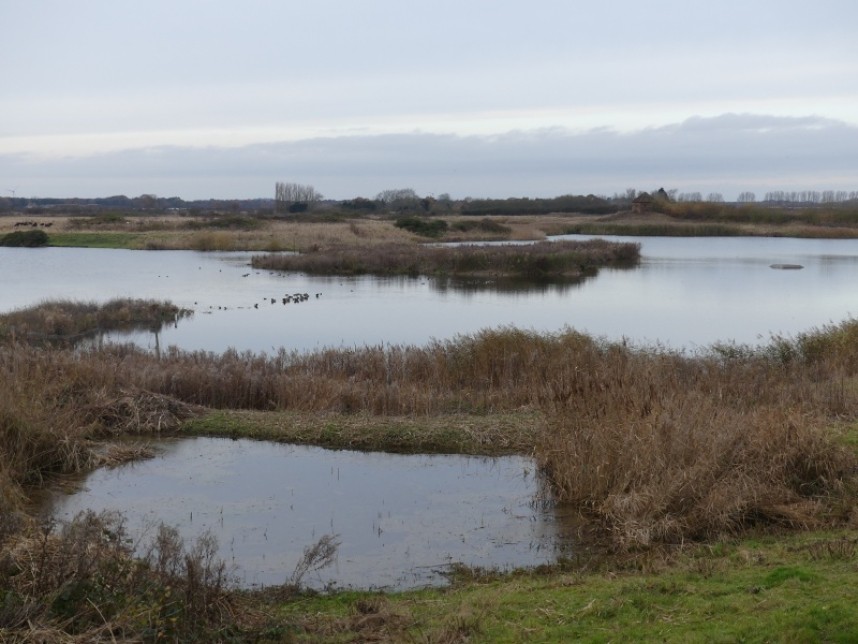
The main lake North Cave © Margaret Boyd
The reserve is owned by Yorkshire Wildlife Trust, who in the year 2000 took on the role of managing the site after it had been used for gravel extraction, a process that continues around the site’s boundary. It is not unusual to see large excavators crossing the back of the reserve but be assured that what is now gravel extraction will be an expansion of the reserve in the future.
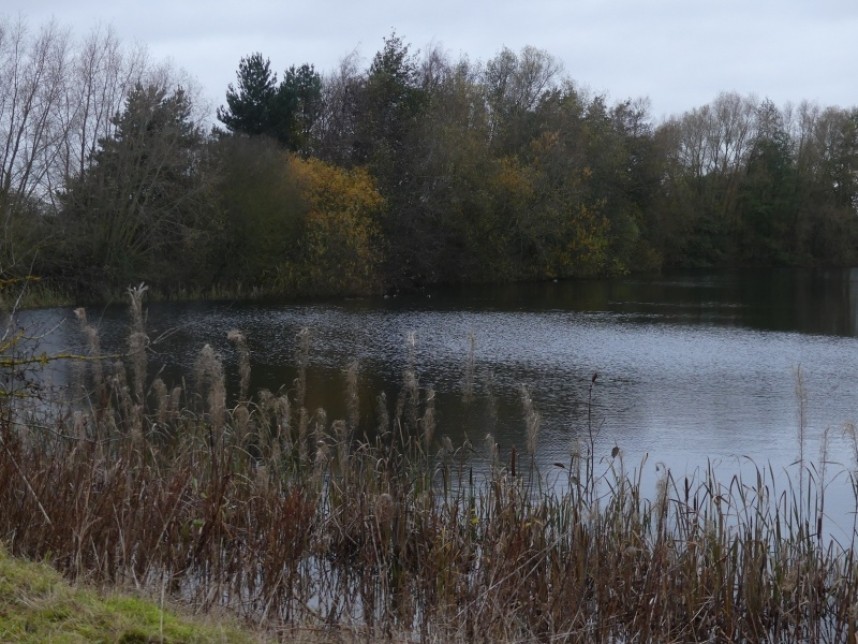
Village Lake © Margaret Boyd
The reserve is a mixture of habitats; shallow and deep-water lakes, wet grassland, small areas of deciduous woodland, all bounded by hedgerows. If time is limited, then it is possible to drive along the western access road, stopping off at several hides. Those looking east overlook three of the lakes; village, main and carp. In summer breeding pairs of black headed gulls provide a noisy backdrop to village lake but look carefully to pick out several Mediterranean gulls and common terns that have recently bred. Tufted duck, teal, great crested and little grebe also breed around the edges and the low water levels in summer provide breeding and feeding areas for both ringed and little ringed plover.
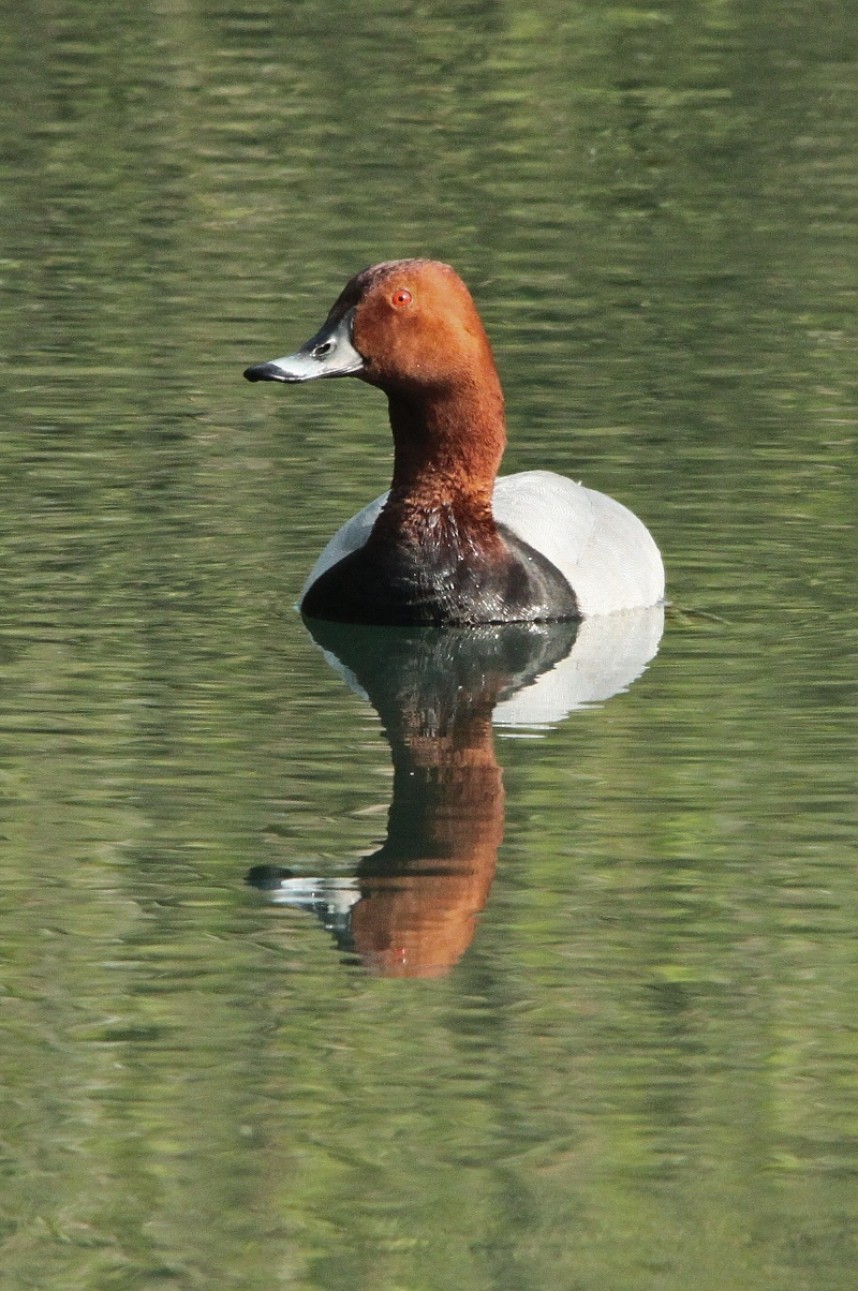
Male Pochard at North Cave © Maurice Dowson
Main and Carp lake, further along the accessible road, are areas of much deeper water all year round so are good places for diving ducks such as tufted duck, pochard and goldeneye. Great crested and little grebes, cormorants and the occasional mandarin duck also frequent these lakes. Crosslands hide, at the end of the road, gives a great panorama across the “cells”; areas of wet grassland which attract feeding geese and widgeon in the winter but also exposed mud, a magnet for passage waders such as green, common and wood sandpiper, greenshank and godwits in autumn and spring.
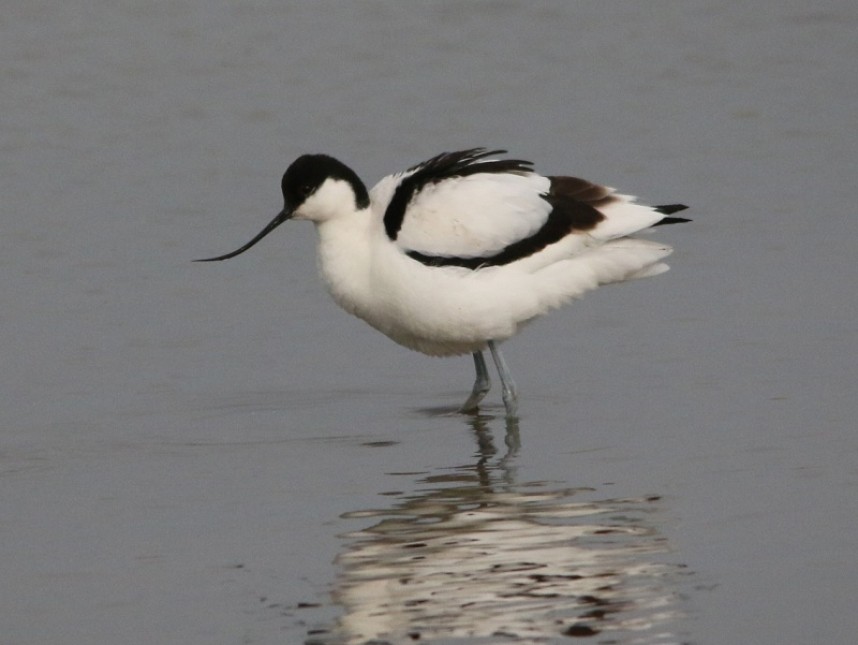
Avocet at North Cave © Maurice Dowson
Taking the circular walk around the boundary you will encounter small areas of willow and alder attracting warblers but also tree sparrows. The native hawthorn and blackthorn hedgerows are good for reed bunting and bullfinch, with winter berries attracting thrushes: fieldfare and redwing arrive in good numbers from September. The footpath allows views over neighbouring farmland towards the Wolds and is a good place to spot buzzard and occasionally red kite, particularly in winter as there is a roost not too far away. At the far side of the reserve several dragonfly pools have been successfully established, and it’s not uncommon to see hobbies feeding here. Also here is the reedbed lake which has been home to breeding avocets in recent years.
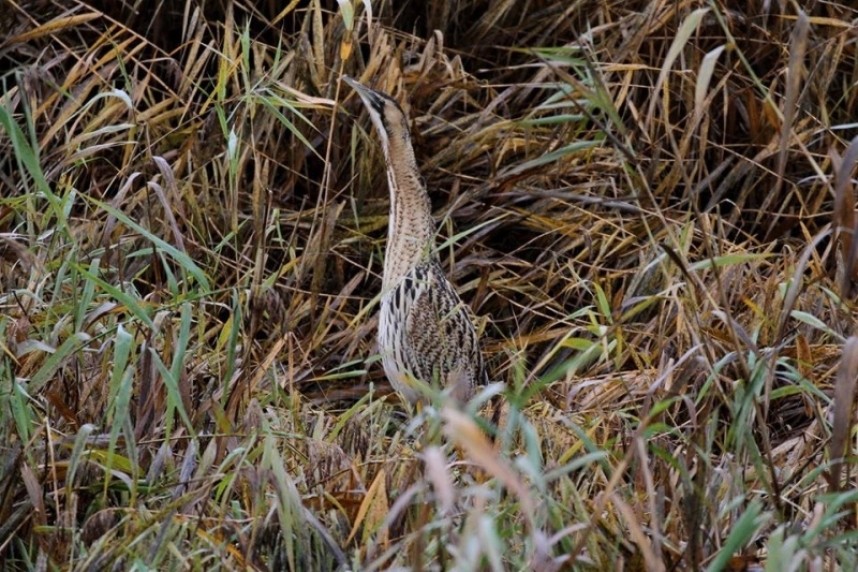
Eurasian Bittern at North Cave © Richard Willison
Hot Bird News Update: A Eurasian bittern was giving great views at North Cave on the 17th November 2019. Richard Willison took these photos before it was flushed by a Mink.
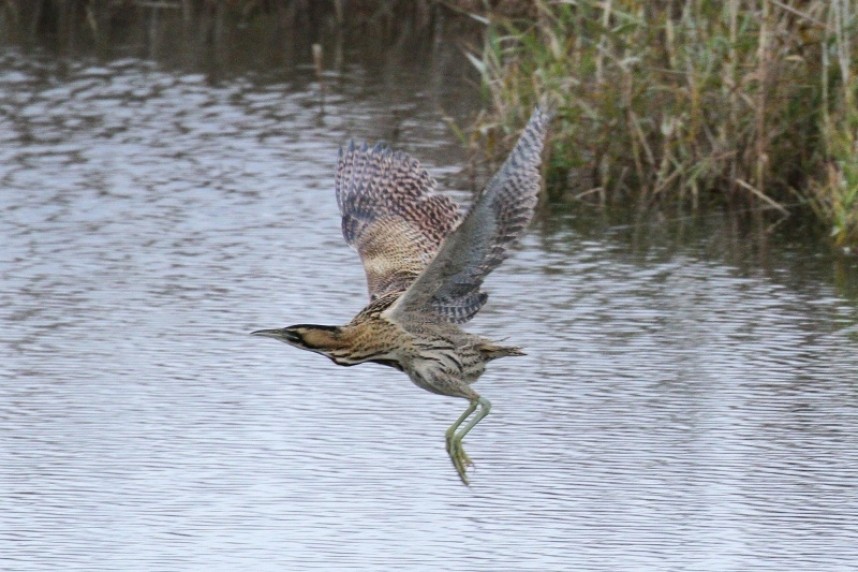
Eurasian Bittern at North Cave © Richard Willison
Access to the reserve is from junction 38 of the M62, take the road to North Cave and turn left just before the village where it is signposted. Toilets available.
Written by Margaret Boyd
YCN Guide and Education Officer Top Hill Low Nature Reserve



 Back to Blog
Back to Blog
